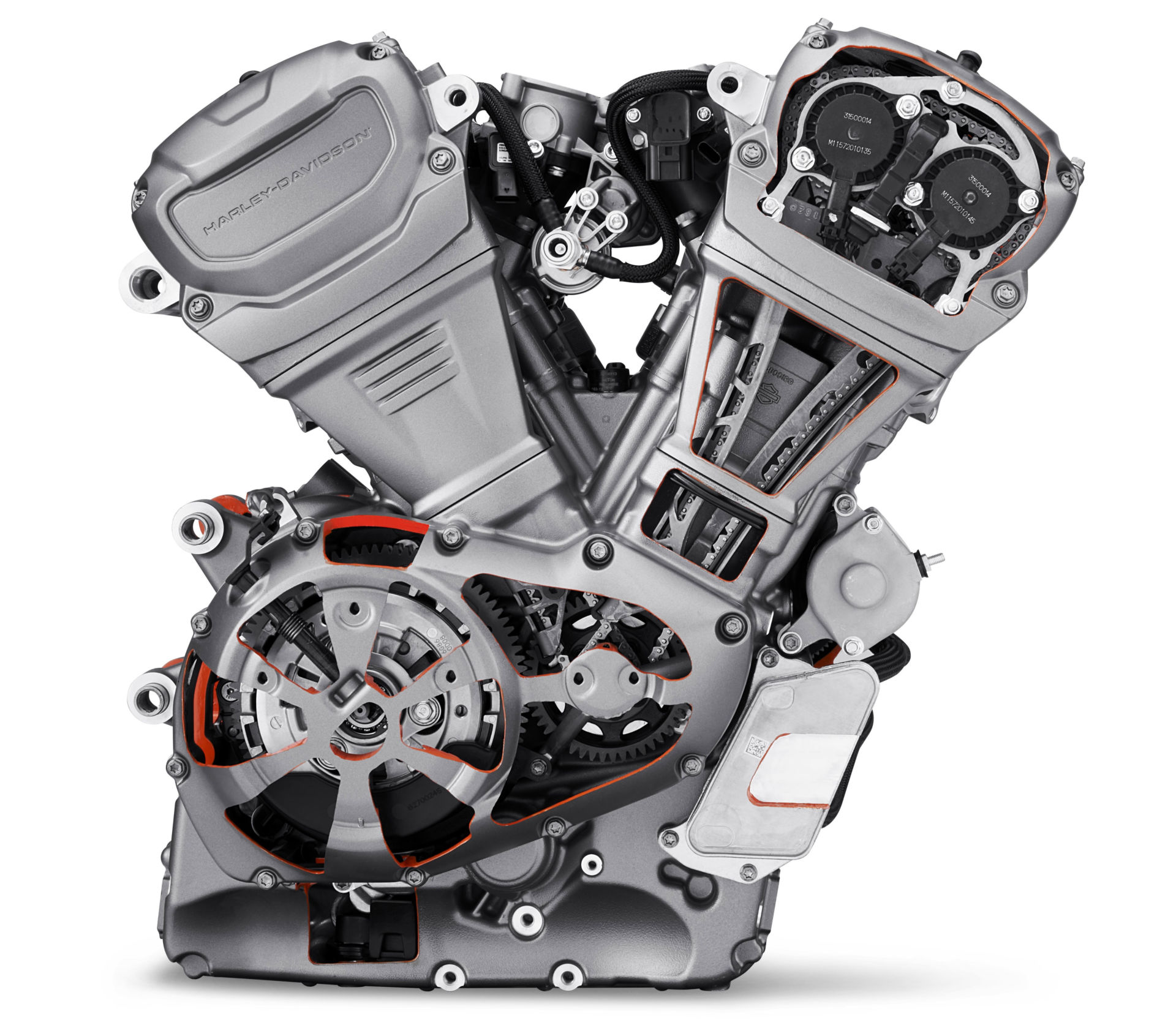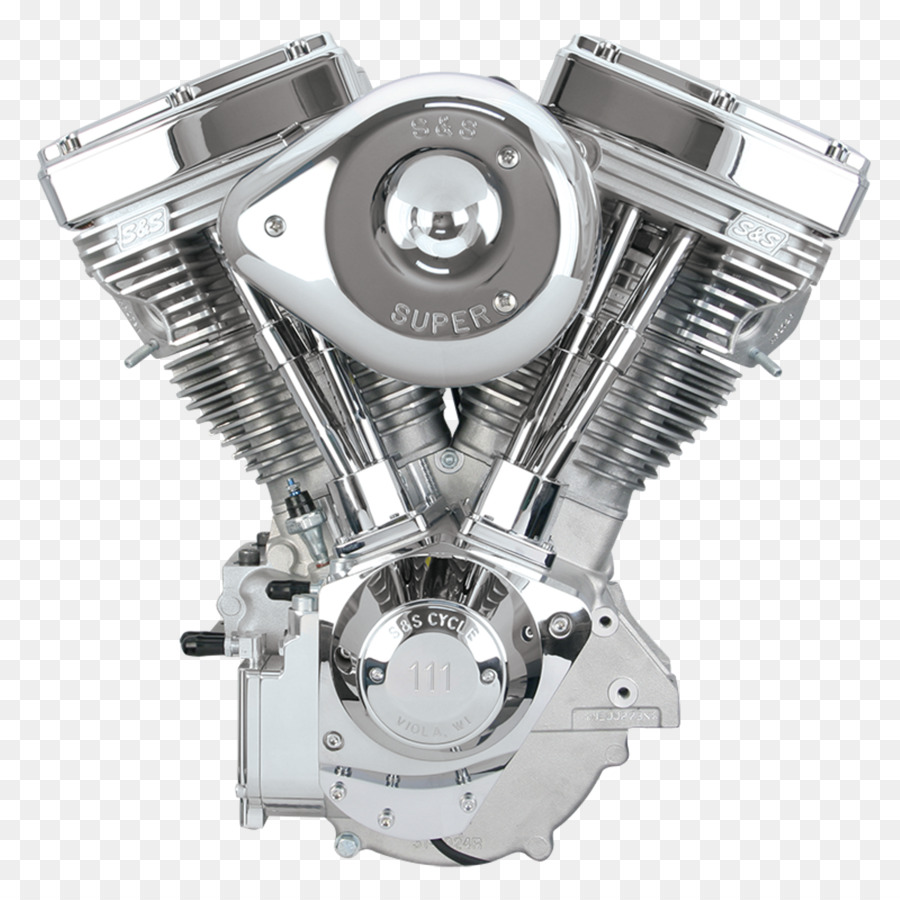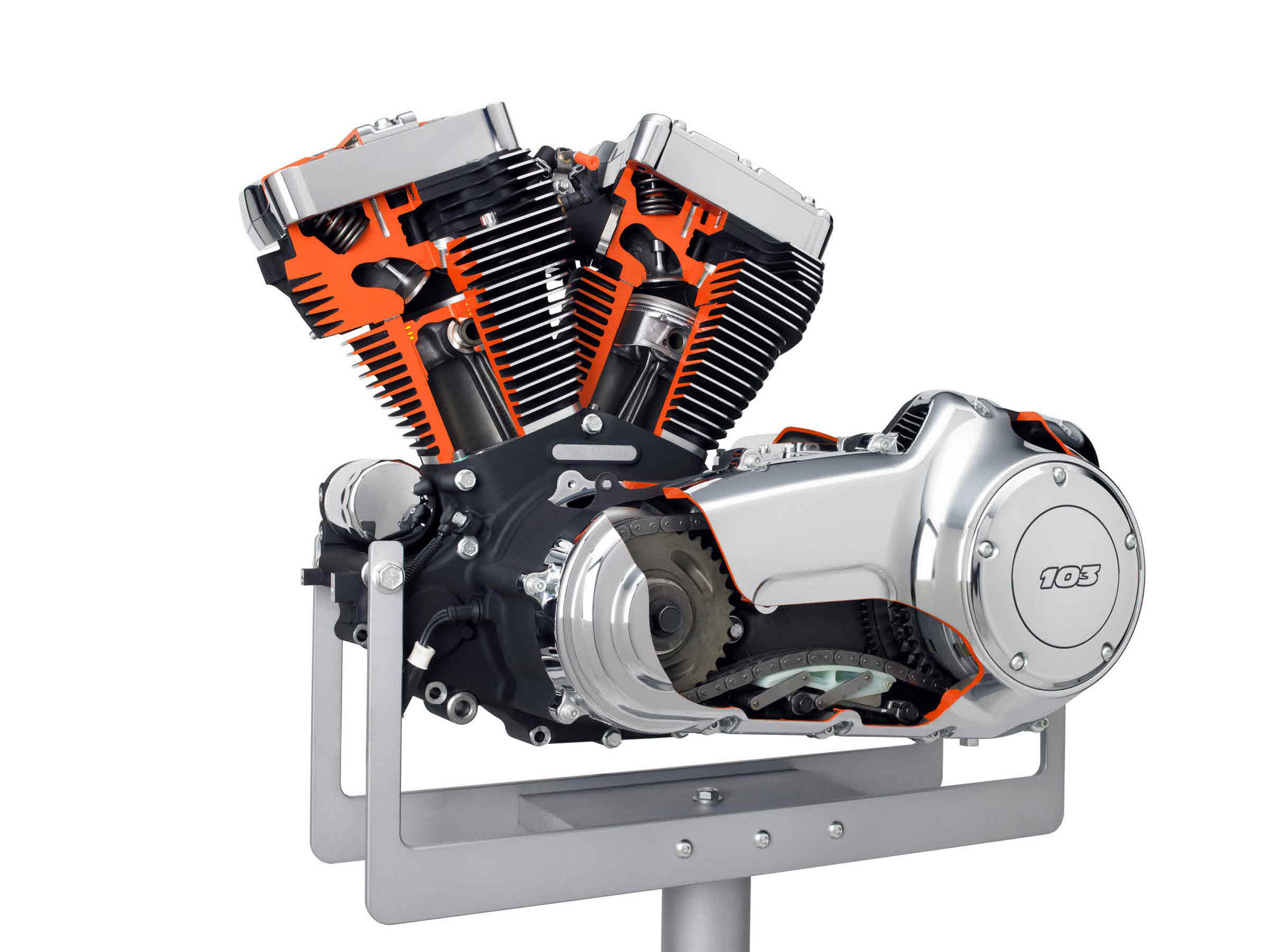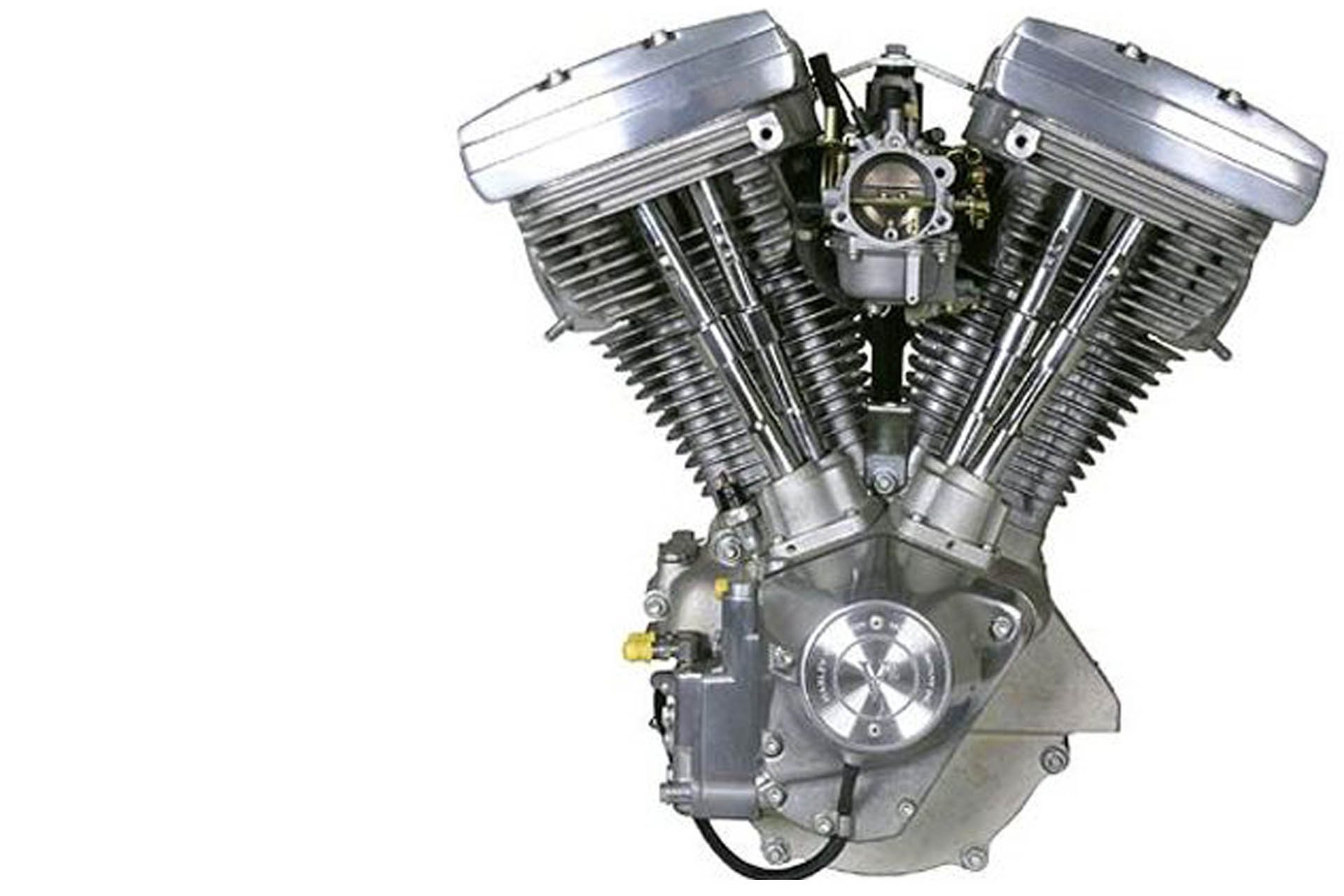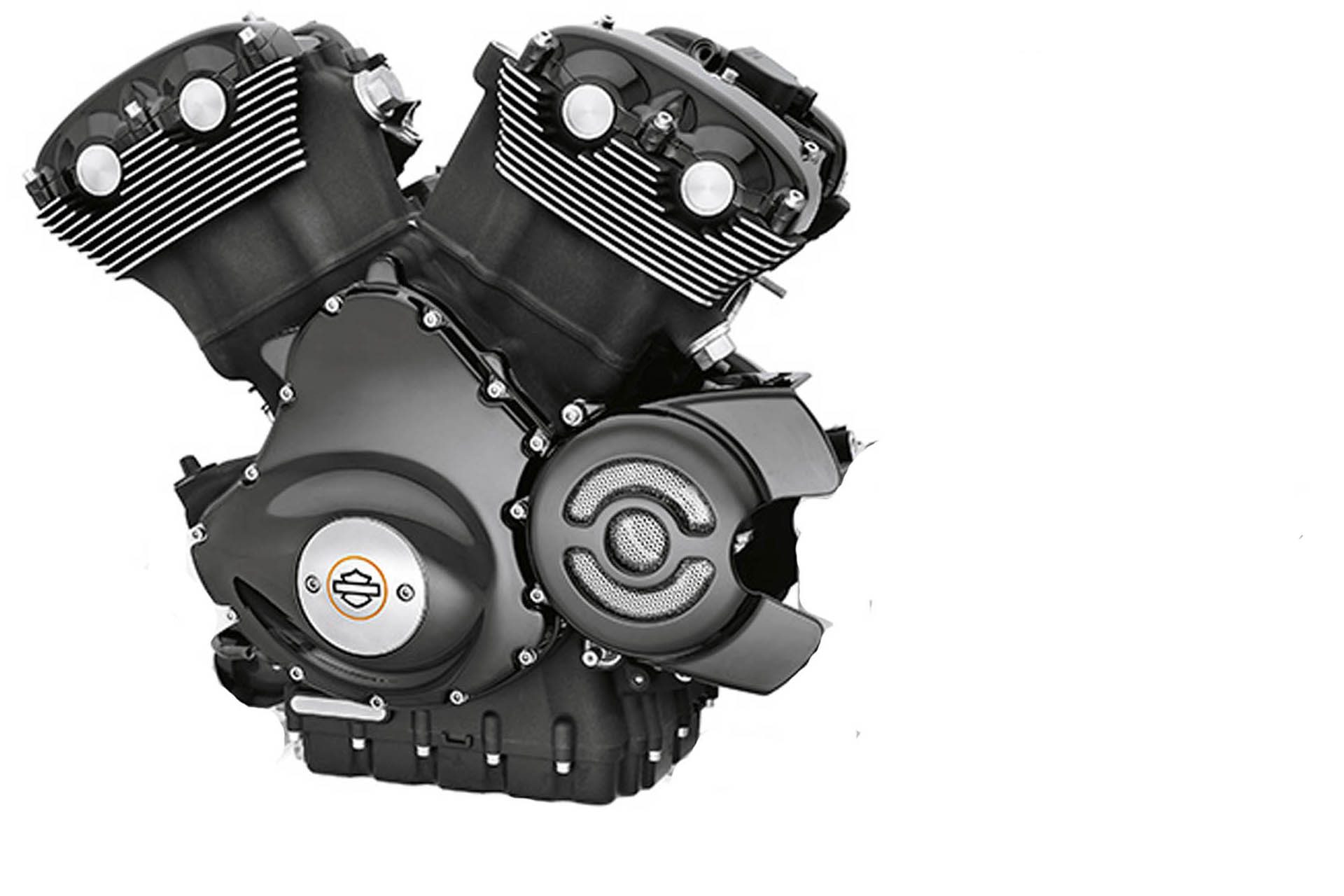Harley Davidson Engine V Angle

With 131 cubic-inch 2147cc its a combination that produces 131 ft-lb of torque and 121 horsepower.
Harley davidson engine v angle. Of torque with a peak rpm of 9500 and a 131 compression ratio. The engines have overhead valves that are activated by camshafts in the crankcase. William Harleys new V-twin engine was effectively two 440cc singles joined together on a common crankshaft creating an 880cc engine with almost double the power at 7hp.
Liquid-cooled Harley-Davidson engine to see mass-market production. Harley-Davidson has been giving. This design combined with the V arrangement of the cylinders means that the.
The Harley-Davidson Motor Company is most closely associated with the familiar 45-degree air-cooled V-twin engine configuration. Because of the V shape of the engine one piston will run ahead of the other by the angle of the V 45 or 60 degrees. Of all the V twin angles out there right now the 45 provides the greatest minor separation between firing intervals 315 degrees405 degrees.
Harley V-twins have an angle of 45 degrees between the cylinders which creates lots of vibration but allows for better smoothness of power delivery and ease of packaging. Yet the history of Harley-Davidson engines has followed almost as many twists and turns as the iconic American company itself. The crankshaft has a single pin and both pistons are connected to this pin through their connecting rods.
Engineers have worked to lower the center of gravity. Almost all V8s have a 90 degree angle between the cylinders which almost completely eliminates vibration with the proper counterweights. The engines are air-cooled.
The crankshaft has a single pin and both pistons are connected to this pin through their connecting rods. A Harley engine has two pistons. Using a 60-degree V-angle thats smack between the traditional 45-degree Harley layout and the 90-degree design from the likes of Ducati the Revolution Max strikes a balance.
